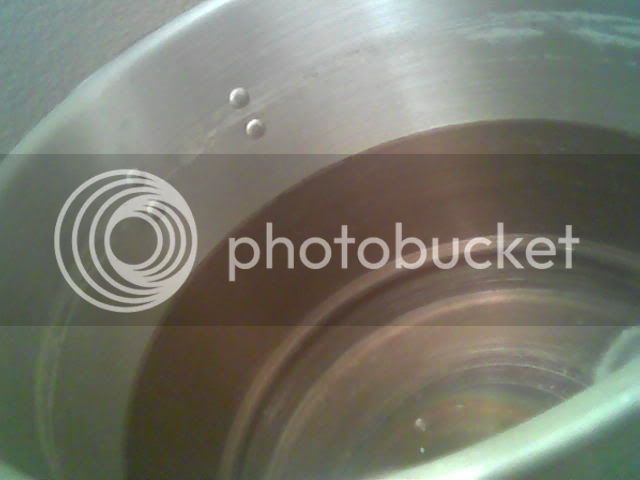here's what it looks like after boiling water in a aluminum pot for a hour to build a layer ...its not rust.

well not rust in the sense that isn't not ferric oxide, but yes it is aluminum oxide.
I'm a noob, but I'm curious about what is the purpose of putting a valve at the base of the boiling kettle? Does this just make it easier to empty into a fermenting bucket or carboy?
yes that's exactly it.

























![Craft A Brew - Safale BE-256 Yeast - Fermentis - Belgian Ale Dry Yeast - For Belgian & Strong Ales - Ingredients for Home Brewing - Beer Making Supplies - [3 Pack]](https://m.media-amazon.com/images/I/51bcKEwQmWL._SL500_.jpg)
































